Low Pressure Hunting - Part II
Don’t Break Routine
Deer are accustomed to the normal routine of a tract. If it’s a working farm or ranch, truck and equipment traffic is part of the everyday scene and causes deer little concern. Yet, they are very quick to notice and respond to a sudden increase in vehicle traffic and, certainly, foot traffic. When season opens, don’t suddenly start driving new parts of the place or seldom-used roads. Try to incorporate hunting access and activity into what would seem to deer to be routine ranch/farm traffic. On WHITETAIL’s Fort Perry Plantation, where trucks and tractors were always on the move, we drove our hunters directly to the blind and asked them to stay there, even if they shot a buck, until the vehicle returned to pick them up. If deer were bumped from the field or stand area, we wanted it to be from “routine” farm traffic, not the sudden appearance of people on foot, no matter how stealthy they could be. We didn’t loiter at the blind any longer than necessary. If possible, we even drove to the downed deer, usually at midday or after dark, to minimize foot traffic … and human scent.
Keep Stands A Secret … From Deer
If you want to kill trophy bucks from stands, particularly permanent stands, you can’t give deer, not just trophy bucks, reason to unduly associate the stand with danger. In short, you can’t let deer know you are in the stand, or even in the area. That takes some doing, because deer are well endowed in the sorting out department. The idea is to get into the stand, sit out your vigilance and then depart with the least possible disturbance or evidence of your presence. Concern must be given to all three of the deer’s major detection senses – sight, hearing and, above all, smell. And, scent is not only an immediate and constant problem for stand-sitters, but its lingering presence on the trail also threatens to alert neighborhood deer to the would-be ambush. If deer repeatedly know you are in a stand, or even in an area, you will kill off the place as a likely memory maker.
It’s almost impossible to enter the deer’s domain and remain completely undetected day after day. The challenge, then, is to stretch out the time as far as possible that a stand can be hunted before the jig is up. Some stand sites can be hunted only a day or two before prying eyes, ears and noses have plucked you from the woodwork, followed soon thereafter by all manner of snorting and stomping. In such cases, the only alternative is to let the stand rest a while before trying your hand there again. How long is a while? Many factors come into play, not the least of which are the degree of intrusion, the nature of the site and weather. From years of experience, I’ve settled on three days as the minimum time needed for natural movement to recover after being picked off by the locales, though I’ve seen it take a week or more, especially after second and third offences.
In stand hunting as in health, prevention is better than cure. To that end, the hunter must try to be near invisible. Stand selection is the key. The approach must afford an unseen, silent entry that doesn’t pass upwind of bedding areas or cross-important trails leading to the hunted site. I place great emphasis on the importance of getting into and out of a stand without detection, especially when hunting open food sources. The stand must provide screening cover for the hunter and absolutely must be downwind of where the deer are coming from and expected to end up. Lucky is the hunter who can find such a stand in close quarters to a prime place. Most often, I’ve found that to meet all my security requirements I need to put some distance between me and where the action is.
Distance tends to water down the deer’s formidable sensory arsenal. It gives the hunter much more latitude in his comings and goings and in movement and noise while on-stand. Though the scent concern never goes completely away, increased space certainly helps, especially since it allows for more unscented room downwind of the hunted area and reduces the likelihood of smelling up hot trails near the action. More than any other single factor, I rely on distance to extend the life of stands, especially ones where deer tend to gather in numbers, like major food sources. (The more eyes, ears and noses to content with the greater the likelihood of detection). It is this need for distance as a concealment aid that has lead me to an ever-increasing dependence on long-range rifles in my whitetail hunting.
My friend Gary Schwarz, owner of El Tecomate Ranch in South Texas, centers his low impact hunting strategy around distance and long, long-range rifles. He affects this strategy by setting up tripod stands at the intersection of three or four senderos (cutlines through the brush). His stands are completely surrounded by brush; in fact, the senderos don’t even start for more than 100 yards from the stands. Then, the 30-foot-wide open strips extend through the dense brush for at least 500 yards, sometimes more! Because of the height of the brush, working distance starts at about 150 yards. To Gary’s way of thinking, any shot less than 400 yards is a cinch to burn a tag. From the Tim McWhorter custom long-range rifle to the laser rangefinder to the dead rest to the spotting scope, nothing is left to chance on the Tecomate long shots. And, seldom do Tecomate hunters come back with tales of being picked off by deer! Often, deer on the sendero don’t even run as their compadre slumps to the ground.
Another way to cut down on detection is by hunting from enclosed blinds. I know all about the old saying that you can’t kill big bucks from permanent stands, but that ain’t necessarily so … if the deer don’t associate them with danger. Distance, frequency of hunting and/or a concealed entry and exit can all reduce the deer’s suspicion of a box in their domain. Enclosed blinds conceal movement, eliminate the human form, which deer know all too well, mask noise and, best of all, retard scent dispersion. The degree to which scent is trapped depends on how thoroughly enclosed the stand is, but even when one and possibly two sides are open for viewing/shooting, scent can largely still be held inside under favorable winds. Often, while in an enclosed blind I’ve seen deer catch a whiff of me, only to have them wag it off after a moment and continue on their way. It’s as if the scent has “cooled” and no longer spells an immediate threat. On the other hand, I’ve also had a few turn inside out, but overall, enclosed stands can be wonderful tools in the concealment game.
When the shot rings out, every deer in the country knows where you are, right? Not necessarily. Deer, when not conditioned by constant pressure, like a backup confirmation of danger. Often, they’ll jump and run a short distance upon a nearby shot, only to stand and await verification of threat. When a hunter waltzes onto the scene moments after the booming thunder, deer get their confirmation and associate the noise and the place with people and danger. They may even be a witness to the exit from the stand. If low impact hunting is the goal, it’s better to stay put after the shot and, if possible, await the arrival of a vehicle to spook off any nearby deer … and to retrieve the downed deer. The later arrival of a vehicle probably won’t have near the negative impact that a person on foot would have soon after the shot. I know that’s not always feasible, but when it is, it sure helps stretch out a stand’s life expectancy.
Speaking of the shot, every effort should be made – sighted-in rifles, solid rests, setups for good, clear shots, etc. – to make sure the shot results in a clean kill. Multiple shots at deer and tromping through the woods in search of missed or wounded deer have a very detrimental effect on the happiness of area deer. Needless to say, don’t be shooting at lesser critters from stands you’re counting heavily on to produce. If you really want to take a stand out of trophy buck production fast, just shoot does on it. Word will get around faster than it’ll take the last spent case to fall to the ground.
Choose Your Times Well
As we’ve said, anytime you enter the deer’s domain you are likely to be detected, causing alarmed deer to become more difficult to catch up with next time. But, some stands are far more exposed to discovery than others. When I have a prime place to intercept a big buck that I know is open to deer scrutiny, then I try to pick my time to hunt it to coincide with the best possible deer movement or the ideal weather conditions for that stand. Knowing that each unsuccessful day I spend on the stand may well be driving my quarry further from my grasp, I don’t want to chance burning the stand site on inherently low odds days. With trophy bucks, you must calculate each move, choose your battlegrounds wisely, try to keep the advantage of surprise as long as possible and, literally and figuratively, make your first shot count. You aren’t going to get many second chances.
Posted by David Morris
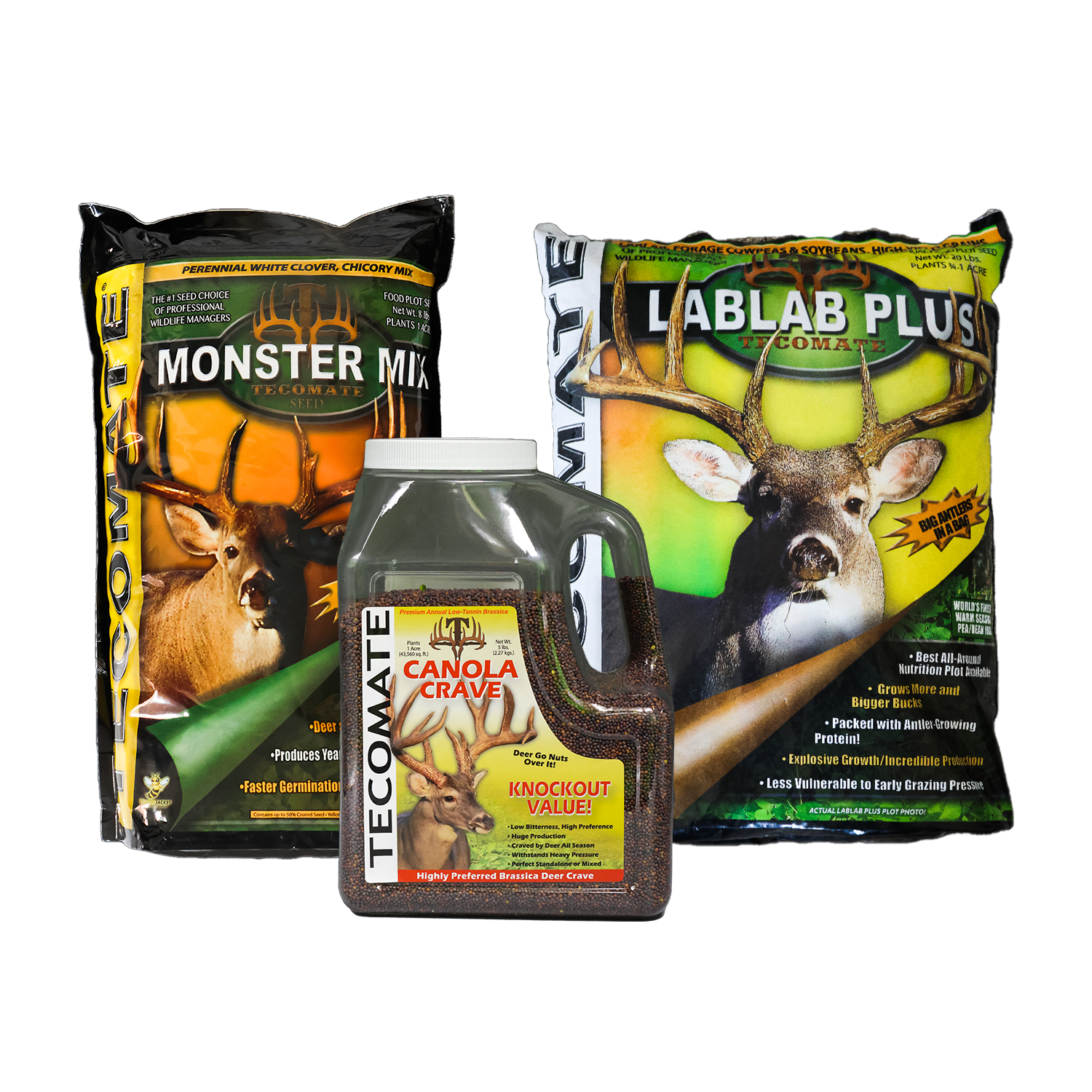
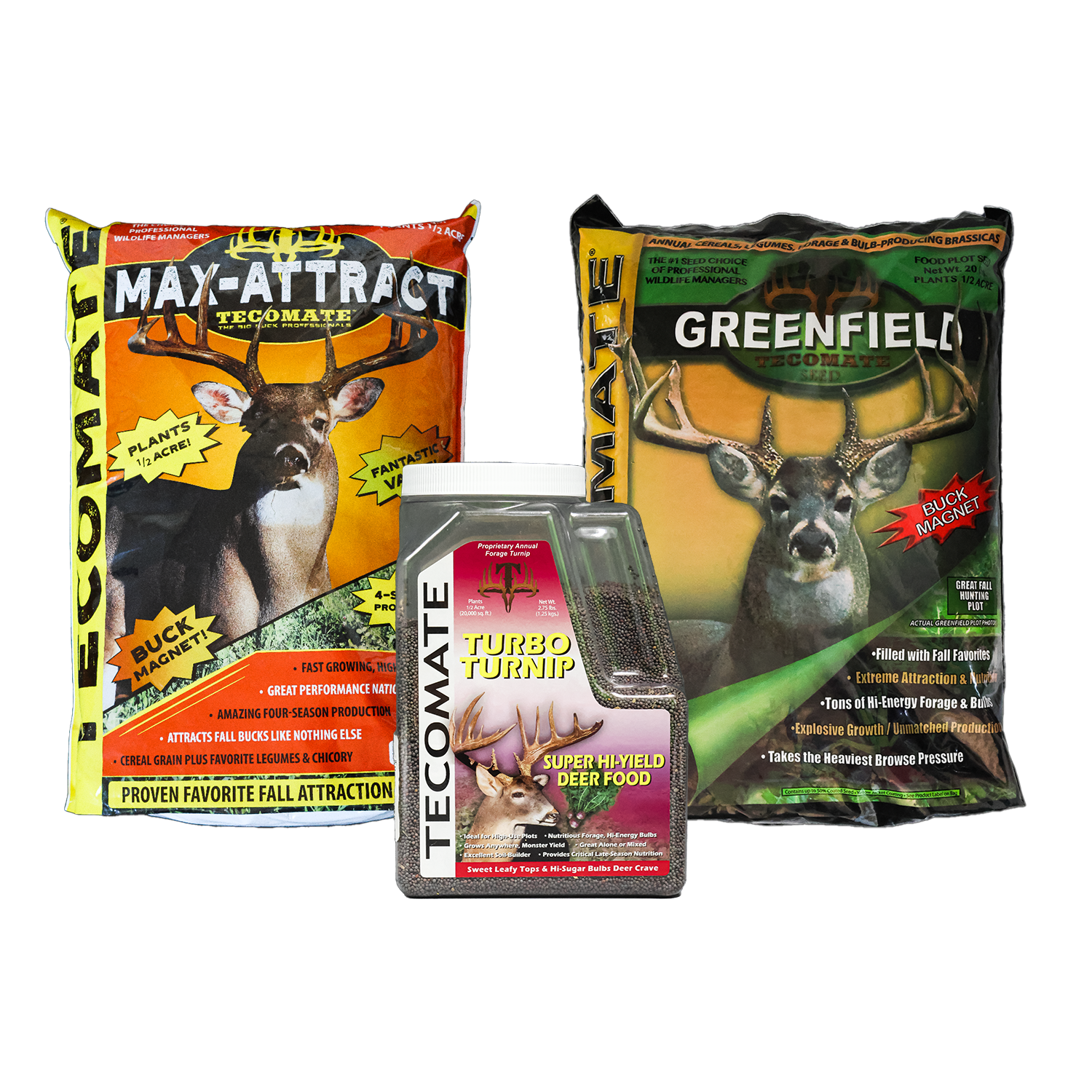
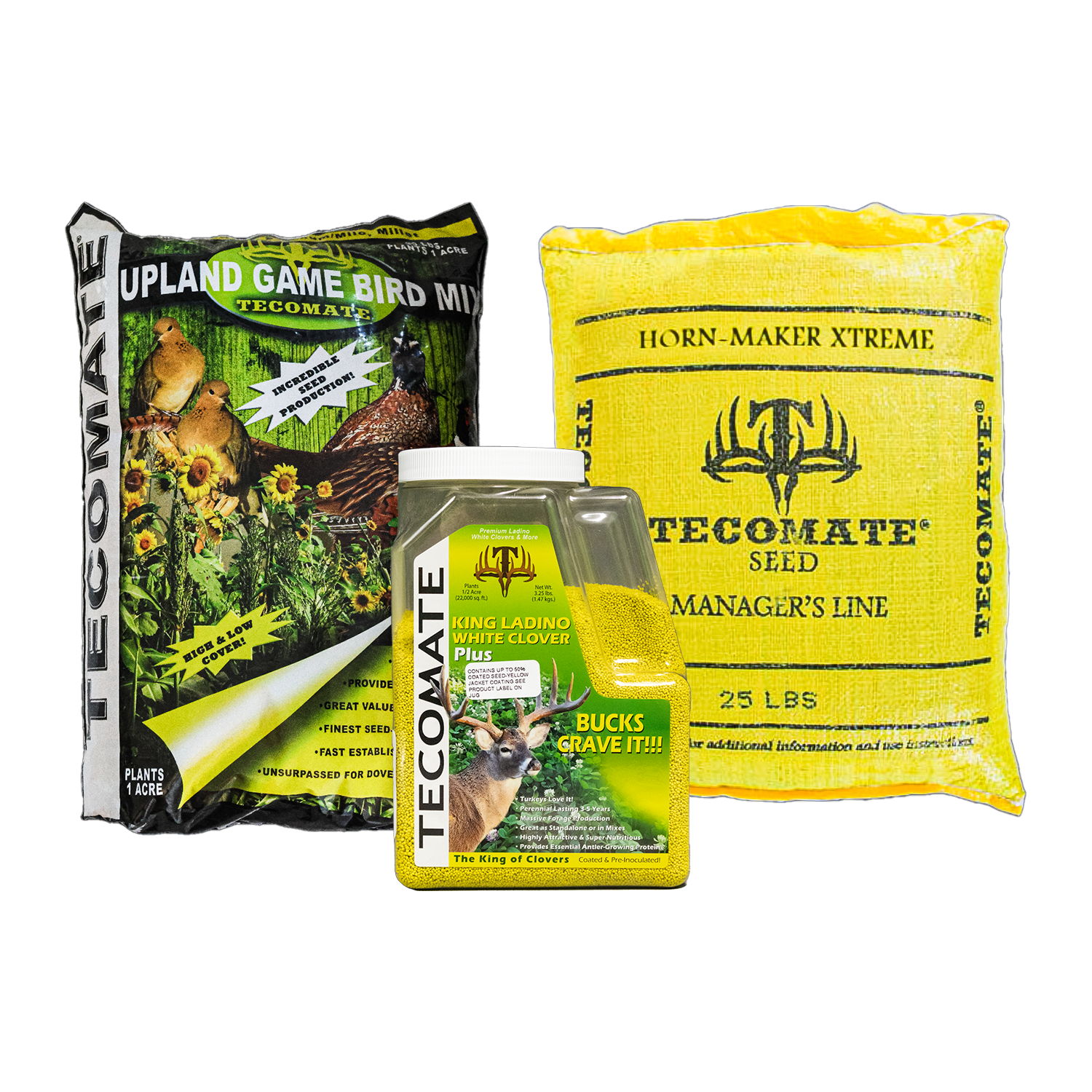
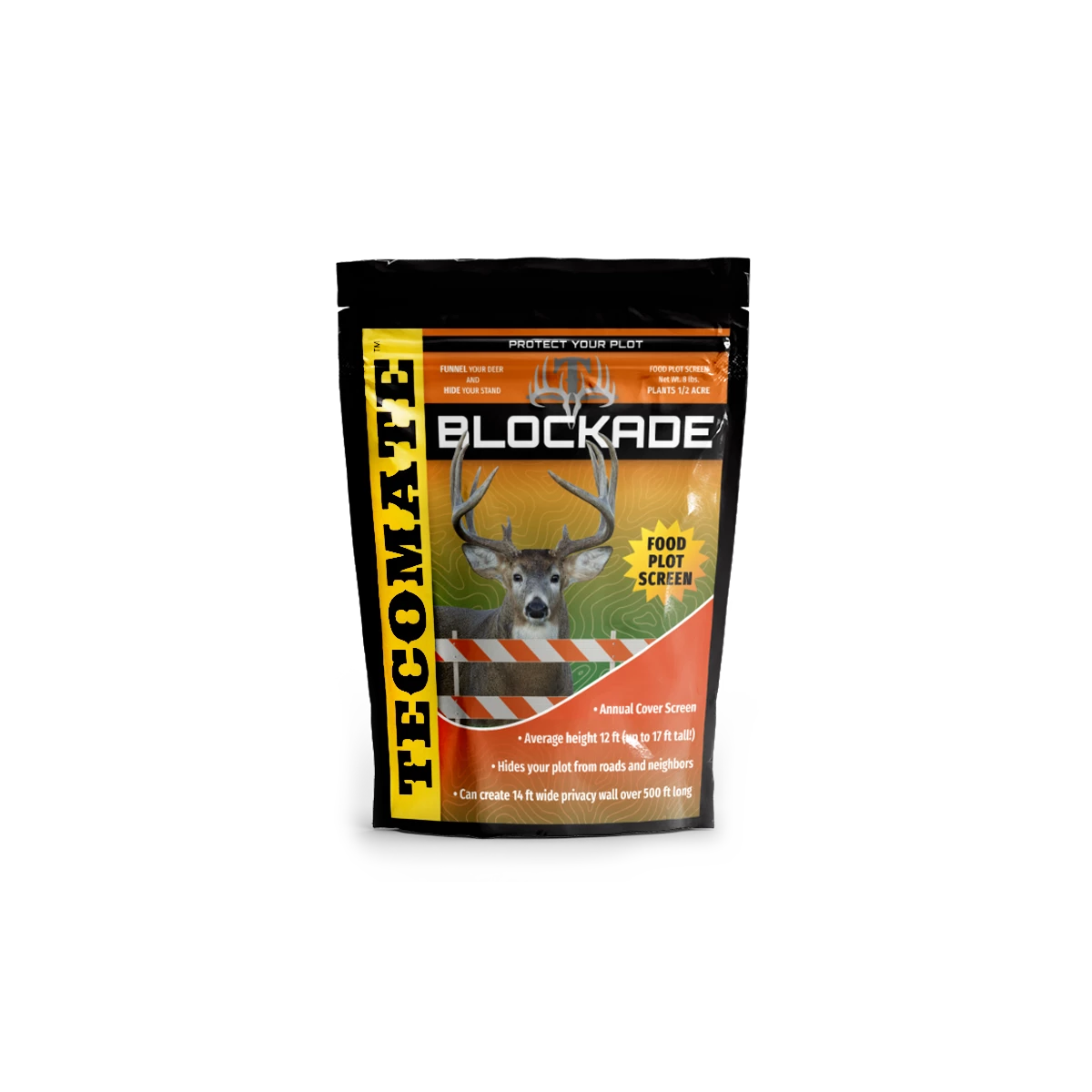


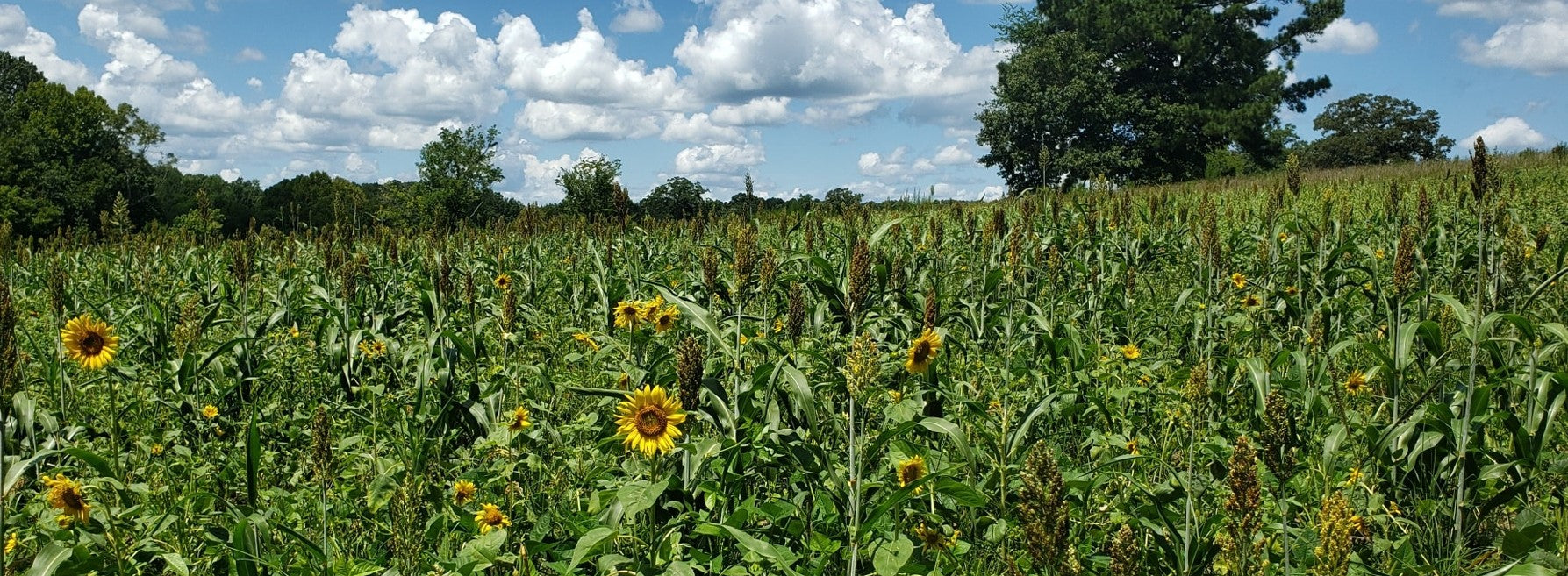
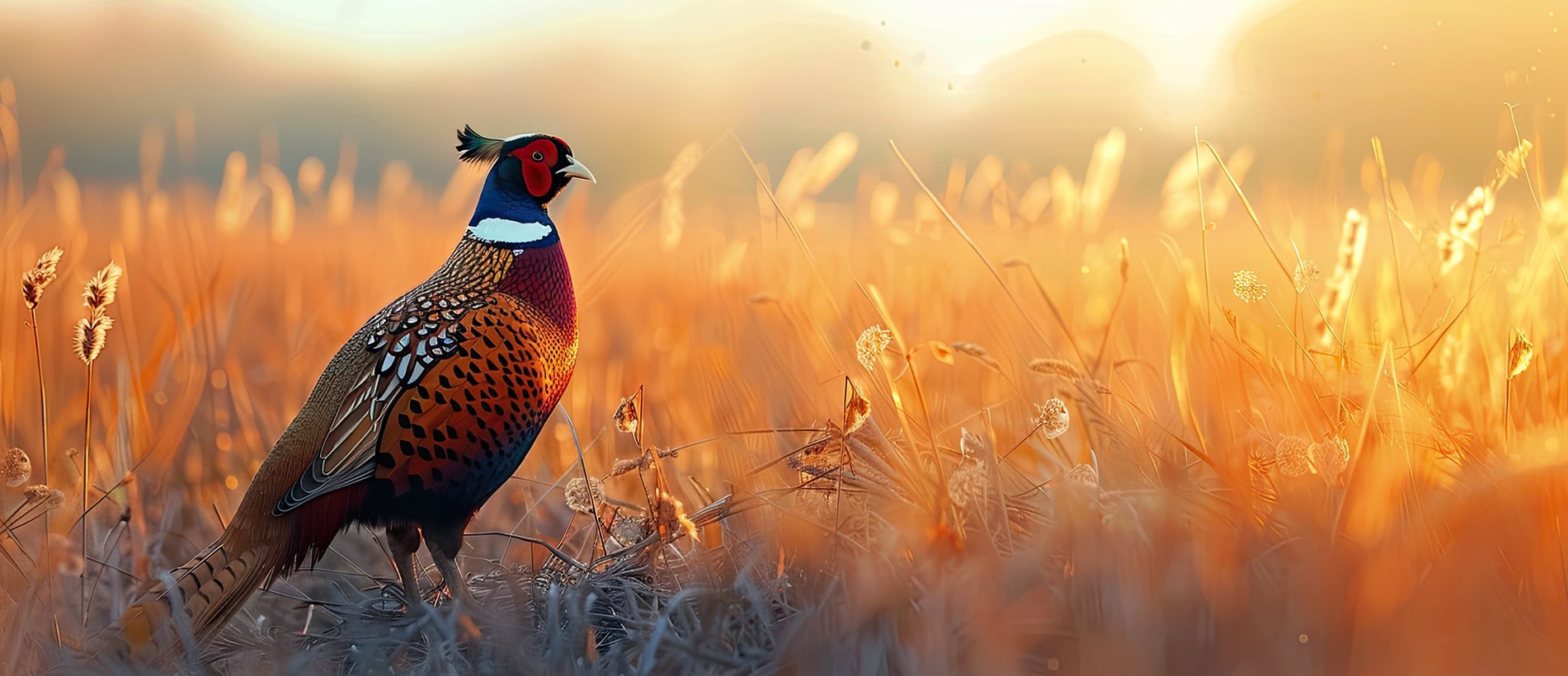

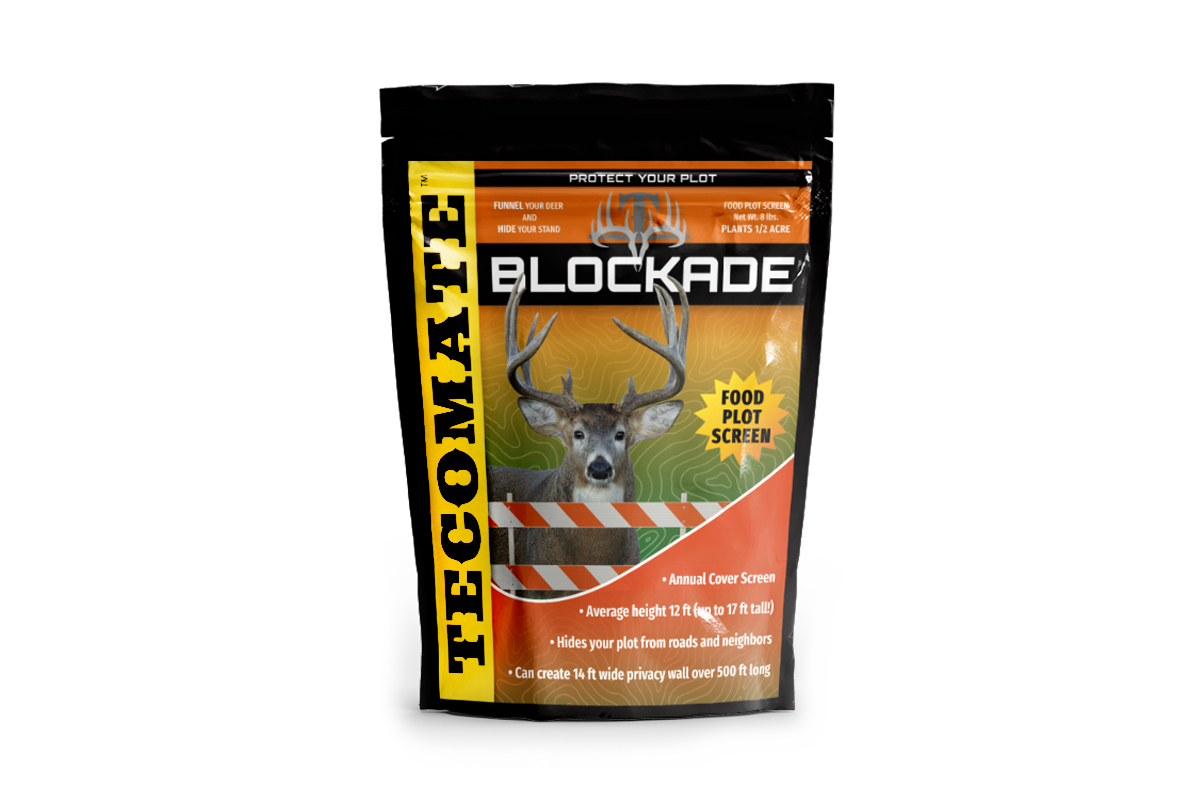

Leave a comment